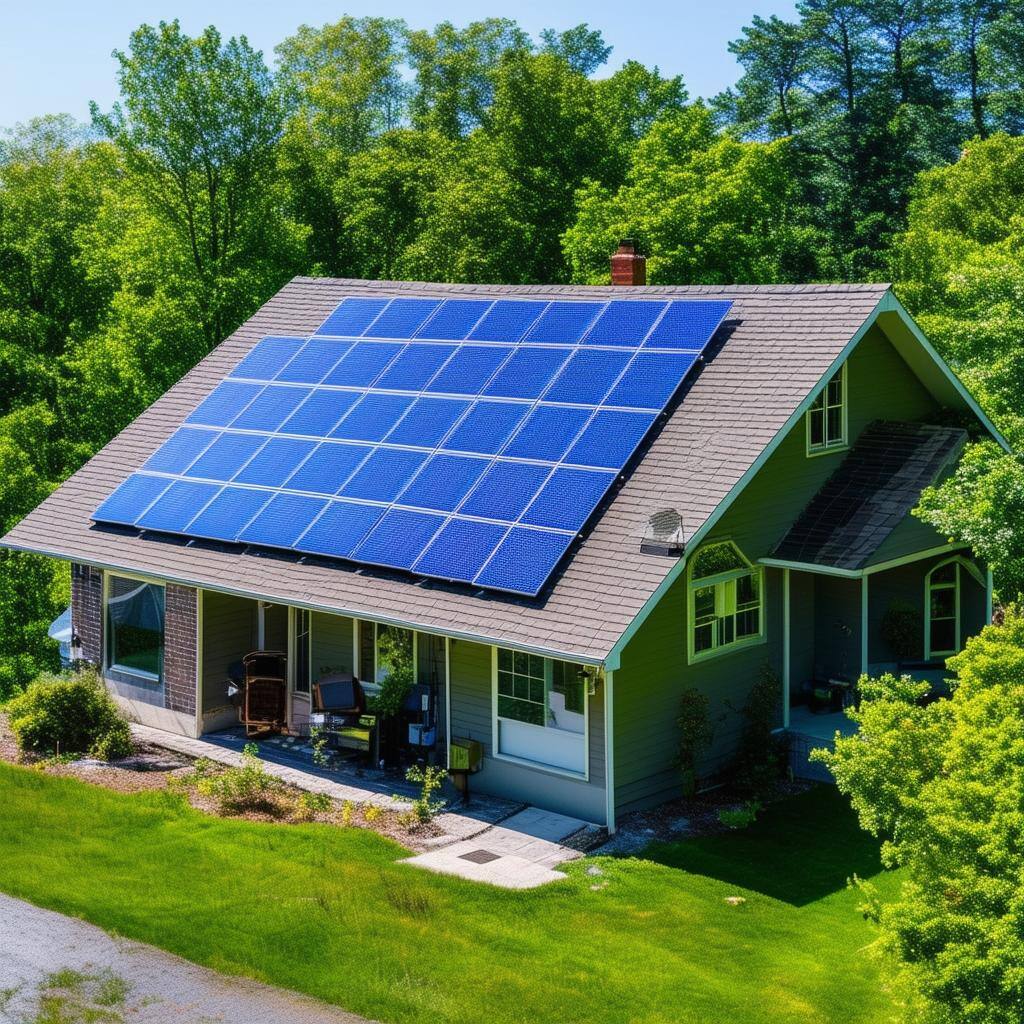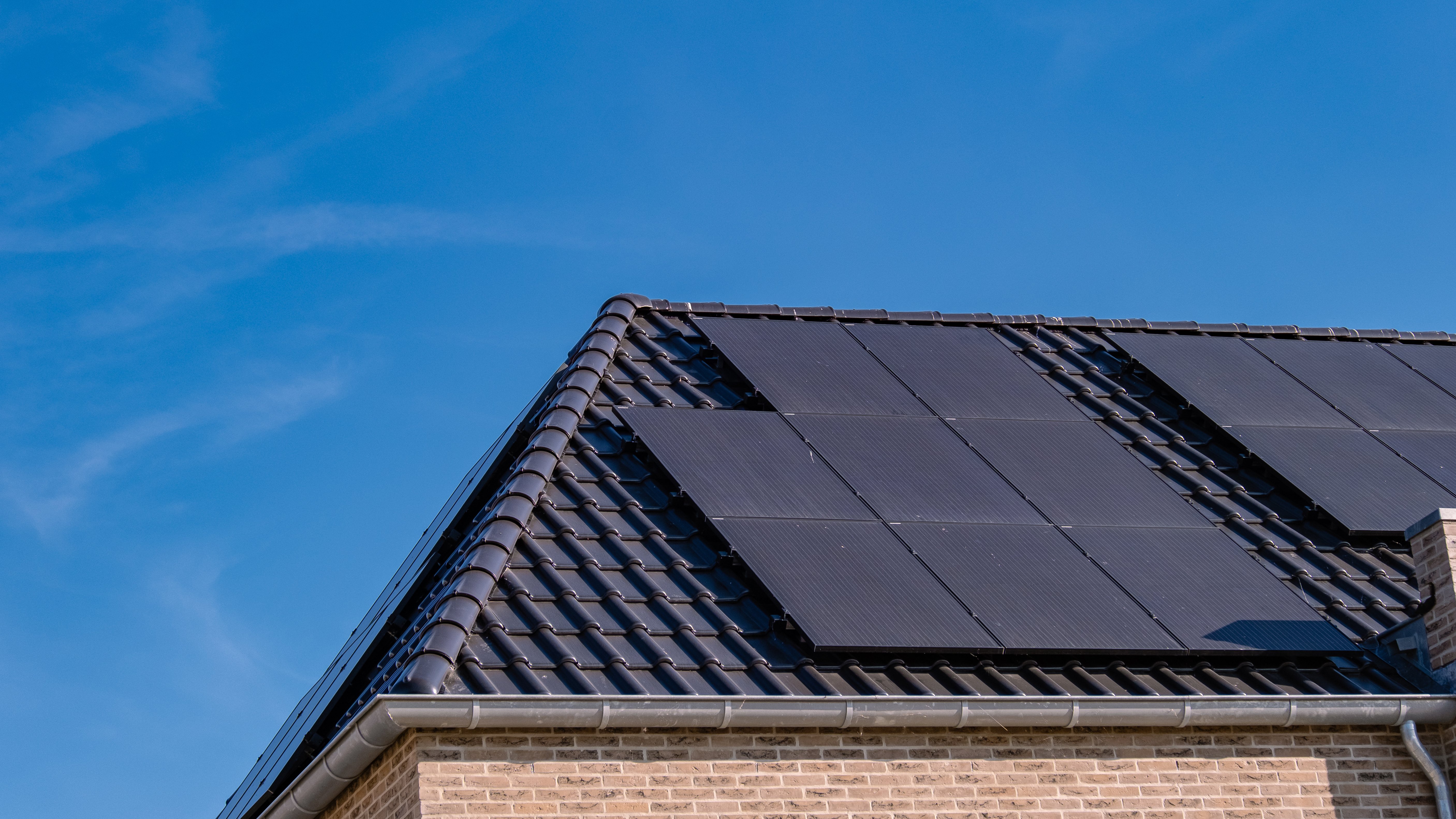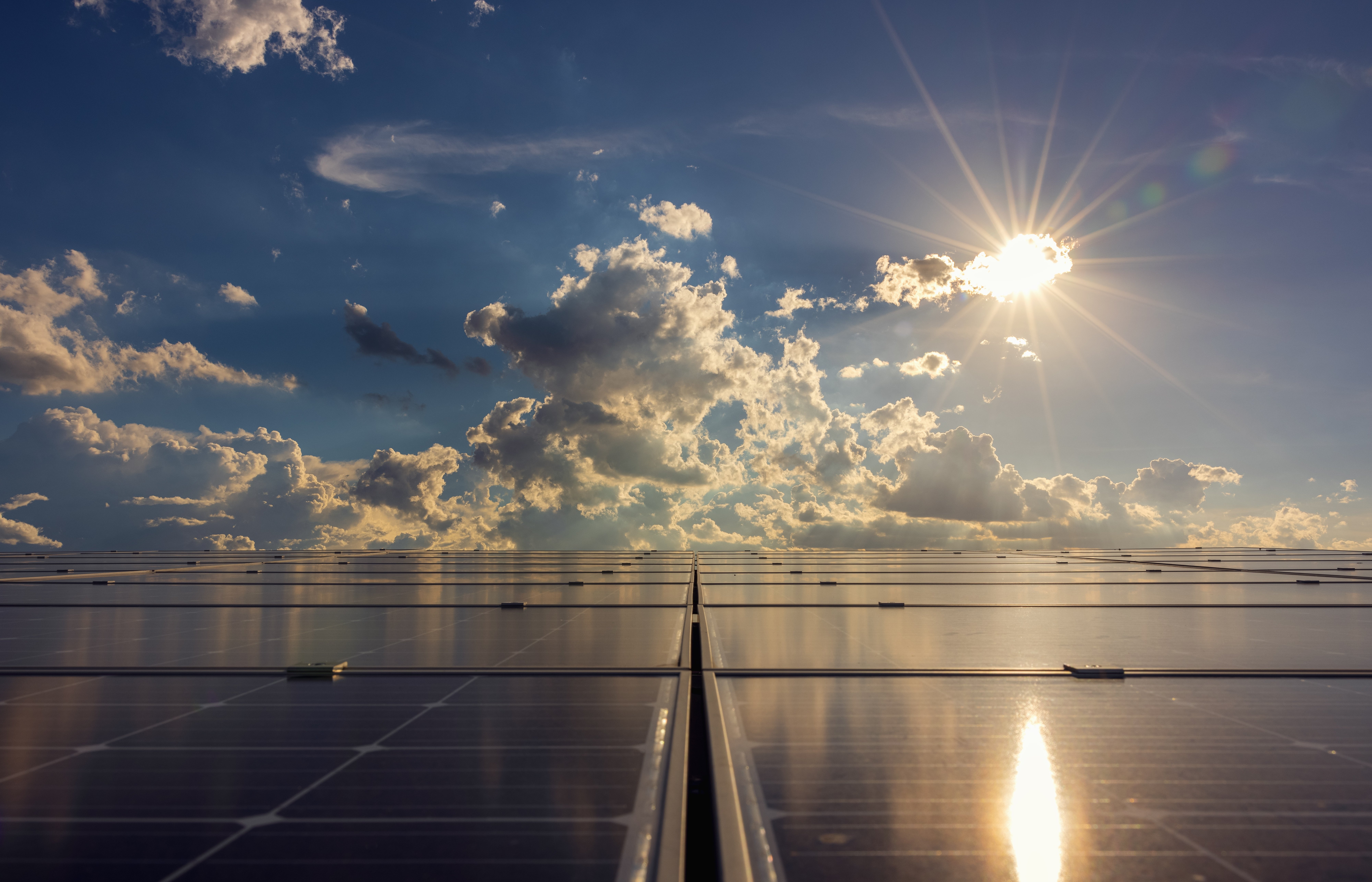Solar Energy Basics for Beginners: How to Get Started and Save Big
Solar 101: The Complete Beginner’s Guide to Solar Energy As more homeowners seek sustainable and cost-effective energy solutions, solar energy has...
4 min read
Peter Swenson : Aug 19, 2024 8:30:00 AM

Ever wondered how solar panels sitting on rooftops manage to turn sunlight into electricity? Let’s dive into the science behind it. While solar energy might seem like magic, it’s actually a fascinating and straightforward process involving some clever technology. This guide will walk you through each step of how solar energy is harnessed, converted, and used to power your home.
At the heart of every solar energy system are photovoltaic (PV) cells. These cells are responsible for the crucial step of converting sunlight into electricity. Here’s a breakdown of how they do it:
Now, here’s where things get interesting. Your home doesn't run on direct current (DC); it needs alternating current (AC), which is what powers your lights, appliances, and gadgets. That’s where the inverter comes in.
Once your inverter has converted the DC electricity into AC electricity, it’s ready to power your home. Here's how the energy flows:
Let’s take a closer look at what’s happening inside the solar panels themselves. The magic happens inside the PV cells, but there’s more to the story:
Solar technology has advanced rapidly in recent years, and today’s solar panels are more efficient than ever. However, there’s still room for improvement.
To wrap up, here are a few essential terms you’ll encounter as you explore solar energy:
Now that you understand the science behind solar energy, you’re one step closer to making an informed decision about going solar. By converting sunlight into electricity, solar panels provide a clean, renewable source of power for your home. If you’re ready to learn more about system sizing or financing options, be sure to explore our blog on Sizing Your Solar System or Solar Financing 101.
Solar energy might be a simple process, but its impact is profound—both for your wallet and for the planet. So, why not let the sun power your future?

Solar 101: The Complete Beginner’s Guide to Solar Energy As more homeowners seek sustainable and cost-effective energy solutions, solar energy has...

Solar energy is an increasingly popular option for homeowners looking to reduce energy costs and make environmentally-friendly decisions. But is...

So, you’ve decided to take the leap into solar energy. Congratulations! Solar power is not only an environmentally friendly choice but also a smart...